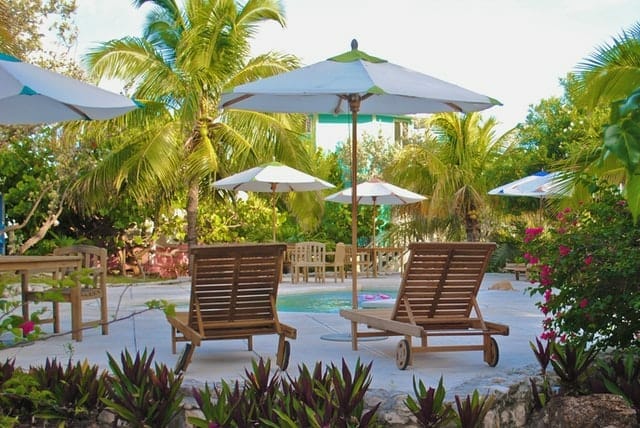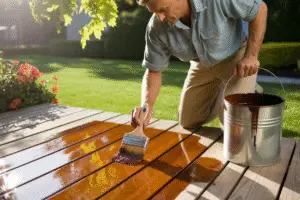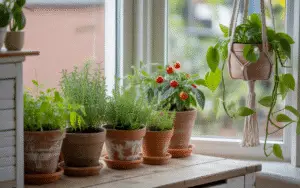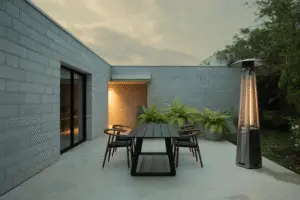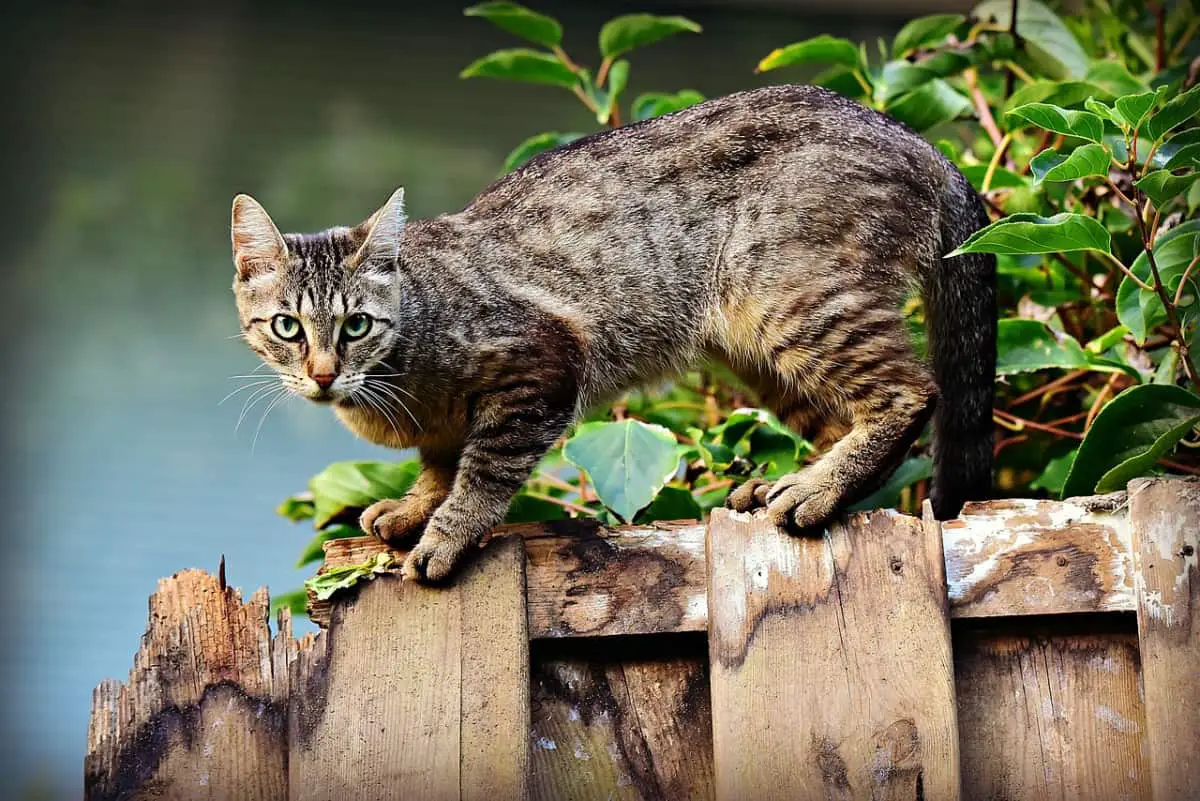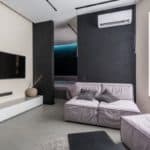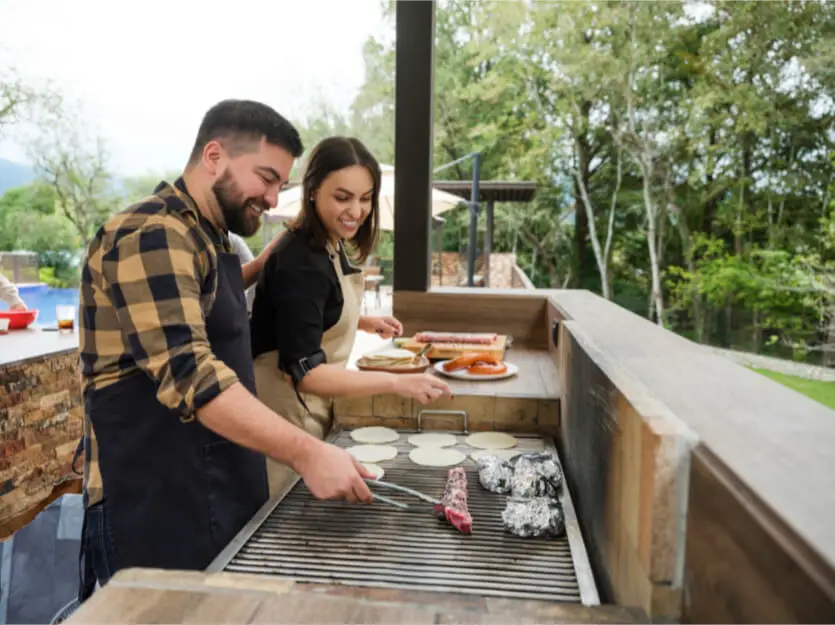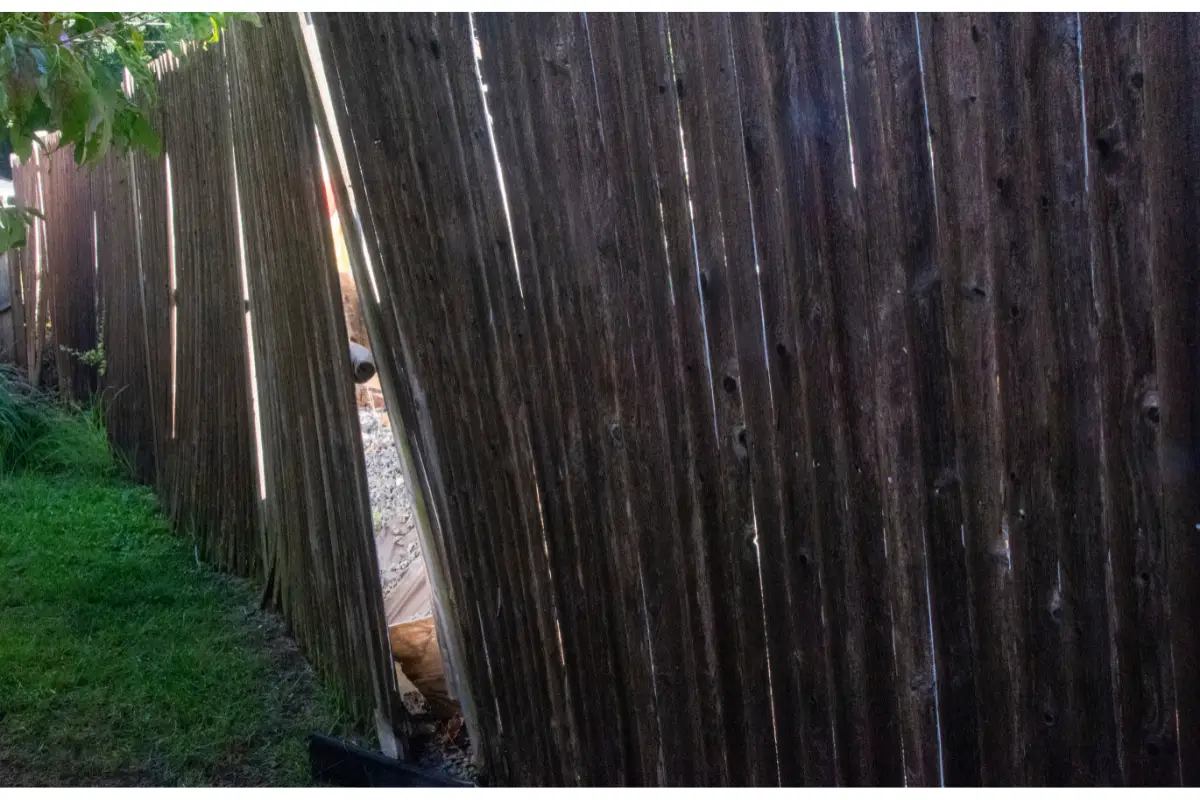Polyvinyl chloride, existing in both rigid and flexible forms, is the world’s third most produced plastic polymer. The high-strength thermoplastic is largely derived from salt and ethylene and is used in a wide range of applications. These include but are not limited to pipes, medical devices, wire and cable insulation, and extensive amounts of household products.
When exposed to direct sunlight, PVC pipes display slight UV degradation on the outer surfaces. HOWEVER, the UV exposure does not affect the rigidity, malleability, and pressure of PVC pipes. Additionally, Furniture-grade PVC products are completely resistant to UV radiation and are commonly used outdoors.
That said, what are PVC’s properties? If it is insignificantly affected by UV exposure, does that encourage its use for outdoor applications? Are there any other outdoor factors that affect its durability and performance? Let’s find out.
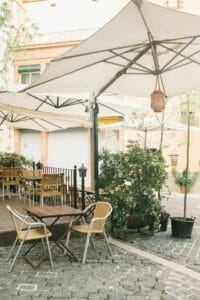
Is PVC UV Resistant?
PVC does surprisingly well when exposed to UV rays, with the main effect being on its brittleness. The products made using it become slightly more brittle from long-term exposure. The effect UV exposure has is that the PVC molecules on or close to the surface are permanently converted to complex polyene structures.
Studies by United States Plastic Corp have concluded that when conventional Type 1, Grade 1 rigid PVC is exposed to UV from sunlight, the following are noted:
- Exposure to UV radiation leads to a change in color of the product, a slight increase in tensile strength, a slight decrease in elasticity, and a slight decrease in impact strength.
- Degradation occurs only in the material directly exposed to UV radiation and affects very shallow penetration depths.
- The degradation of the plastic does not continue when exposure is terminated.
- The UV radiation does not penetrate even thin shields such as paint coatings, clothing, or wrapping.
Prolonged exposure of untreated white PVC to UV rays cause. The high-strength thermoplastic is largely derived from salt. The high-strength thermoplastic is largely derived from salts discoloration, with the plastics turning slightly brownish. This minimal effect that UV rays have on PVC should therefore make them easily befitting for outdoor use. But is that the case?
Is PVC Good For Outdoor Use?
For permanently above-ground installations of PVC, we are advised that the pipes be protected from direct sunlight. We are, additionally, highly discouraged from using black piping outdoors due to its known heat generating characteristics. The bell and spigot ends of the pipes should also not be covered to allow free air flow.
Never store pipe or fittings next to buildings with direct sunlight exposure, especially in summer months, as the heat buildup could easily lead to deformation or changes in your product’s elasticity. The use of PVC products outdoors is advised as long as protection is offered by wrapping with opaque materials.
With regards to other weather elements, PVC is considered weather resistant. This, coupled with the fact that it is resistant to almost all inorganic chemicals, ensures that we can comfortably use PVC products outdoors. Resistance to microbial growth by PVC is a bonus, especially where we need to handle piping for drinking water, medical packaging, or other sensitive applications in the outdoor environment.
How Long Will PVC Last In The Sun?
Typically, PVC products are durable and with estimates approximating it to 100 years. The exact lifespan is, however, not known as PVC pipes have not been around long enough.
Sunlight affects the brittleness of PVC products. While UV exposure has a minimal effect on it, exposure to direct sunlight is harmful. The effect is dependant on several factors such as:
- Time of exposure
- The PVC materials used
- Wall thickness
- The climate
- Debris
- Use causes and installation.
How Do You Make PVC UV Resistant?
Based on numerous studies, GF Harvel advises us that PVC piping products directly exposed to UV radiation be painted with light-colored acrylic or latex paints that are chemically compatible with the PVC products. The compatibility information is provided by the paint manufacturer. Oil-based paints are not recommended. Once painted the effects of exposure to sunlight are significantly reduced.
On the other hand, consideration should be given to the effects of expansion and contraction of the system caused by heat absorption in outdoor use. If we use light-colored, reflective paint coating the effect will be reduced, however, we have to design and install the system in a way that reduces the effects of movement due to thermal expansion.
To minimize heat build-up, preference is given to white or light-colored protection. This is done by wrapping the pipe with an opaque material, or as more commonly done, by painting it. If the pipe is to be painted, the recommendation is given for water-based paint formulated for exterior use. Oil or solvent-based paints usually damage the pipe or may not adhere well to the PVC products.
Which Type Of PVC For Exposed Outdoor Use?
One common type of PVC we could use for outdoor purposes is furniture-grade PVC. It provides us a glossy, highly-pigmented, and weatherable outer cap that is extensively resistant to damage and sunlight-induced degradation. Its high resistance to UV rays makes it well suited for outdoor use.
Its use is, however, limited to non-plumbing needs such as fences and furniture. A notable characteristic is that as much as it is nicer, it costs more than the normal schedule 40 PVC. Furniture-grade PVC products are also more impact-resistant ensuring longer durability in the outdoor environment.
Some types of PVC, known as PVC UVR (UV Resistant) are designed for sustained long use outdoors with minimal effects on them. Sunlight still damages the PVC products, but this is in a matrix of chemicals that compete for the UV. The PCV UVR thus degrades but at far lower rates than untreated PVC.
An alternative to all these tech-savvy solutions is to use thicker-walled PVC products. Piping with thick walls takes longer to fail. This is thanks to the fact that UV radiation is caught in the upper layers of the pipes or fittings before it can spread to the lower layers.

